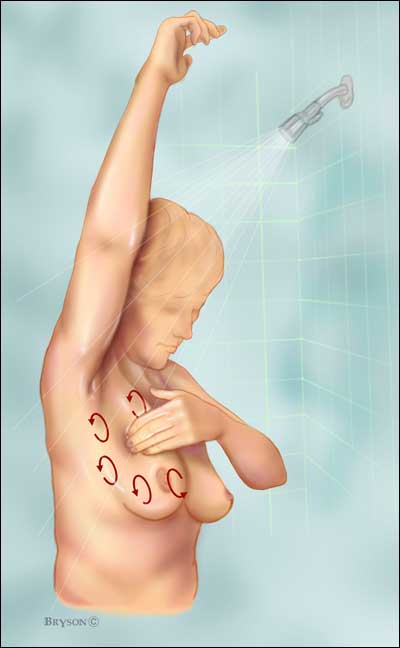At present, India reports around 100,000 new cases annually. According to the ICMR, 1 out of 22 women in India is diagnosed with breast cancer and less than 3% of Indian women undergo screening for breast.
Regular breast screening is the best way to detect early breast cancer as they are most often successfully treated thus help saving lives, and it makes breast conservation surgery possible
Methods of Breast Screening
1. Breast awareness
2. Mammography
1. Breast Awareness
Breast awareness implies familiarity with one’s own breast. Knowing what is normal for you may help you see or feel changes in your breasts. A breast self-examination (BSE) can be done monthly during the bath, best time being just at the end of menses. This helps to keep in notice any irregularity or any lumps in the breast.
A clinical breast exam (CBE) is a physical exam done by a trained medical staff. Steps of BSE and CBE explained later.
Warning signs of breast cancer
- Lump, hard knot or thickening inside the breast or underarm area
- Swelling, warmth, redness or darkening of the breast
- Change in the size or shape of the breast
- Dimpling or puckering of the skin
- Itchy, scaly sore or rash on the nipple
- Pulling in of your nipple or other parts of the breast
- Nipple discharge that starts suddenly
- New pain in one spot that does not go away.
Any woman with the above signs and symptoms should undergo CBE by health care professionals. The attending doctor should ensure prompt referral to higher center for imaging and FNAC of lump. However, patients should be reassured that all lumps are not cancer
2. MMG
A mammogram is an X-ray of the breast. Mammograms help to find breast cancer early, when it is easier to treat and before it is big enough to feel or cause symptoms. Regular mammograms once in 1 – 3yrs starting from the age of 50 yrs is advisable. But availability and cost are the limitations of this test.
Advice to the patient
Best time to do Breast self-examination (BSE):
- Once a month
- Within a week after your period ends.
- If not menstruating, pick a certain day-such as the first day of each month.
- If taking hormones, then do it 1-2 days after withdrawal bleeding.
Five Steps of Breast Self-Exam (BSE):
Step 1:
Stand in front of the mirror with your shoulders straight and your arms on your hips and look at your breasts (Breast awareness) and see
- at their usual size, shape, and color
- that they are evenly shaped without visible distortion or swelling
Consult doctor if there is :
- dimpling, puckering, or bulging of the skin
- changed position or an inverted nipple (pushed inward instead of sticking out)
- redness, rash, or swelling of the breasts
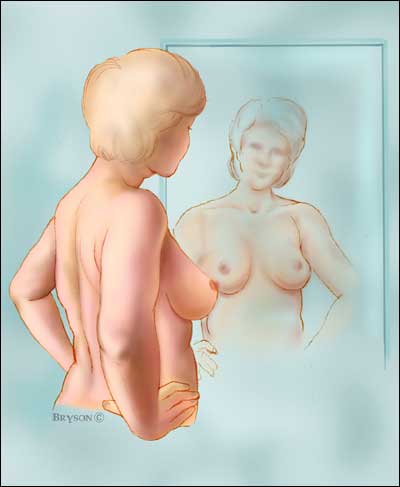
Step 2:
- Now, raise your arms and look for the same changes.
- Look for any dimpling of skin or in-drawing of nipple.
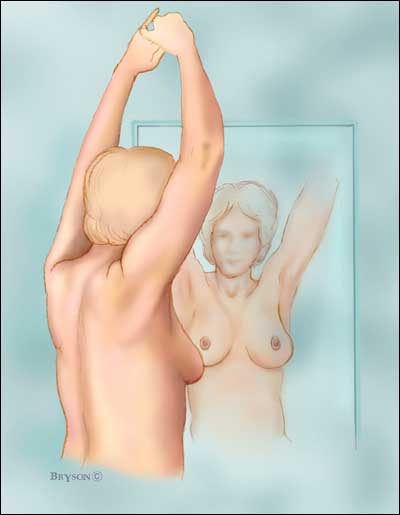
Step 3:
- While you’re at the mirror, gently squeeze each nipple between your finger and thumb
- Consult doctor if there is persistent nipple discharge.

Step 4:
- Lie down and use your right hand to feel your left breast and then your left hand to feel your right breast
- Use a firm, smooth touch with the first few fingers of your hand, keeping the fingers flat and together.
- Cover the entire breast from top to bottom, side to side – from your collarbone to the top of your abdomen, and from your armpit to your cleavage
- Follow a pattern to be sure that you cover the whole breast. Begin at the nipple, moving in larger and larger circles until you reach the outer edge of the breast. Also move your fingers up and down vertically, in rows.
- Be sure to feel all the breast tissue: just beneath your skin with a soft touch and down deeper with a firmer touch. Begin examining each area with a very soft touch, and then increase pressure so that you can feel the deeper tissue, down to your ribcage

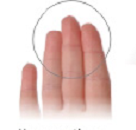
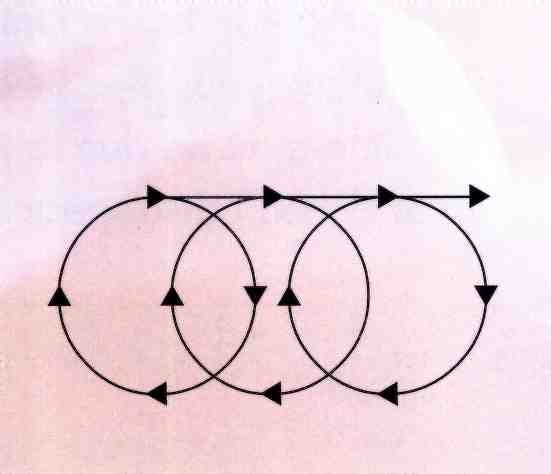
Overlapping
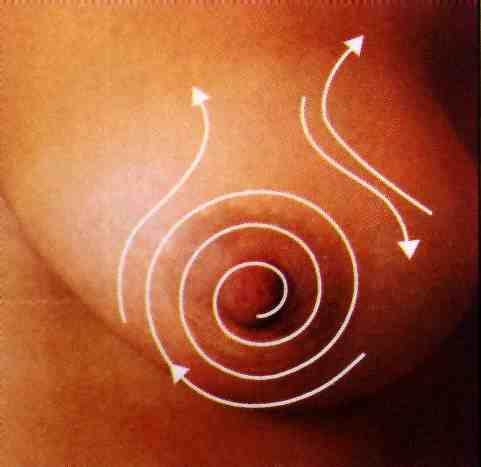
Circles

Lines

Wedges/ Clock like
Step 3:
- Feel your breasts while you are standing or sitting
- It is easier to feel the breasts when their skin is wet and slippery (like while taking bath).
- Cover your entire breast, using the same hand movements described in Step 4.
